As a woman, my relationship with my body is ever changing. Each new decade brings new experiences and new ways my body asks me to accept her.
In my early 20s, in recovery from my eating disorder, I worked proactively to accept my body for who and how she is. This journey continued through pregnancies and postpartum, and the chaos of raising little kids, and now in my wisened 40 years on earth, I am confronting the “joys“ of aging and perimenopause.
I know my clients have wondered if true body acceptance is actually a “thing.” I am here to say emphatically, “Yes! It is!”
And
That doesn’t mean the work is over for me.
Sometimes body acceptance is a soft landing spot where I enjoy months, or even years, of emotional freedom to live my life according to my values, enjoying my body as a companion along the way. And sometimes my body acceptance slips and old, critical patterns rear their heads. Yes, sometimes I am “triggered” and have to re-commit myself and put in deliberate work to accept my ever-changing-body.
This happened to me just a few months ago.
This summer, my best friend and I went on an epic trip to Switzerland to celebrate our 40th birthdays. We filled this trip with incredible adventures. Our craziest adventure was jumping off a 295-foot cliff, free falling until we were caught by the rope that swung us over 70 miles per hour above a white-capped river between narrow canyon walls.
We began this adventure meeting with our guides and about 14 other humans, who were just as crazy and excited as we were, to make this jump. Before we drove to the jump site, we had to get our harnesses secured. Unexpectedly, we all also lined up to get weighed. I should say here and I have not weighed myself in years as I do not own a scale. This has been part of protecting my long-term eating recovery, as well as my larger stand against diet culture.
I was initially more confused than bothered about why we were each getting weighed. My confusion became annoyance when, after weighing us, the guide wrote our weights on the back of our hands in large black marker. Our numbers were all easily visible to each other.
I made a point not to look the weights on everyone’s hands but couldn’t help but notice the number on my friend’s hand. Her number was significantly less than mine. I knew my friend was smaller (and taller) than me, but that size difference had never been overtly quantified before. I was surprised at how big the discrepancy was between our weights. I immediately felt uncomfortable in my body.
I tried not to think anymore about this and instead focused on the adventure ahead. Our group drove up to the cliff and walked to the platform where we would throw ourselves off. Upon arrival and after instructions, our guide asked a volunteer to go first. This volunteer needed to be in a certain weight range. Only myself and one other group member (a male) qualified. I asked for her rationale and our guide told us someone in the “mid-weight” range needed to jump first to test the rope. I made a joke about the first jumper being a sacrificial offering and was glad that, between the two of us, the male was happy to jump first. As I got back in line, I reflexively started looking at all the weights marked on everyone’s hands. I felt even more uncomfortable in my body as I realized I was the heaviest female in the group.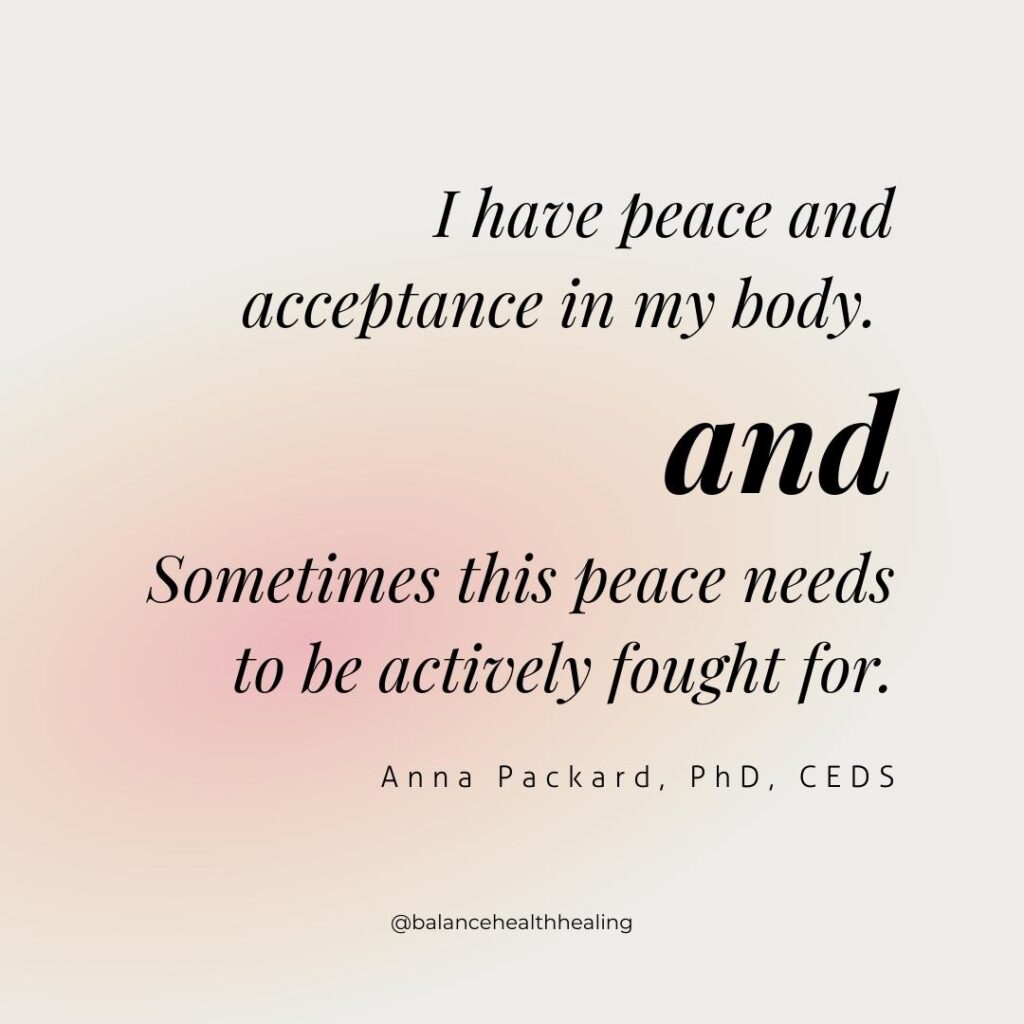
My mind began warring against itself. I was upset for how uncomfortable I felt. I was embarrassed that I was singled out as different from the other women in the group. I felt embarrassed that I was different, even in such an inconsequential way as weight. I felt less than by being bigger than all the women. I also hated that this derailed me in such a moment as a once-in-a-lifetime jump into a beautiful canyon. I told myself things I know to be true, which include, “Weight and size don’t matter. That isn’t what gives me worth,” and my favorite grounding mantra, “This isn’t how I want to spend my energy.” While these thoughts were helpful, this moment was still really hard and painful for me.
Before jumping off the cliff, I was able to reground myself in the present moment. But honestly, I think standing on the precipice of such a high cliff, knowing I was about to jump, would clear anyone’s thoughts, as my legs felt weak and my heart raced with adrenaline. The jump, fall, and swing, was the most thrilling thing I’ve done in my life. It was so crazy that my brain struggled to process it in the moment and I didn’t fully catch my breath until long after my feet were back on solid ground. My friend and I giggled uncontrollably at our own insanity and had huge smiles on our faces for the rest of the day. I want to tell you, that was the end of that trigger, and I went on my merry way.
But it wasn’t.
I wrestled with discomfort in my body and negative thoughts for several weeks afterwards. I also felt ashamed for struggling with my body image after so many years of acceptance and resiliency.
There was no magic bullet that made this experience better overnight. For several weeks I worked hard to regain peace in my body. I had to dust off and use more tools in my toolkit than I have had to in years. I was intentional and practiced mindfulness, grounded myself in my values and personal truths, distracted myself when necessary, and practiced self-care. I also extended myself compassion for being so thrown off balance by this experience. Slowly and deliberately, this burden lifted and I am re-grounded in my own body acceptance. So here in my truth: I have peace and acceptance in my body. AND sometimes this peace needs to be actively fought for.
Finally, I want to acknowledge that while my own body acceptance has been hard fought, I also enjoy body privilege. The experience I had at the canyon swing raised my own awareness at how I never experience weight stigma because I live in a “normal” sized body.
This experience was so benign compared to the experiences others face on a regular basis and knowing how much this distressed me, raises my anger and advocacy. I want to live in a world where everyone enjoys body privilege because every body is valued and seen as good and I commit to doing my part to making such a world a reality.
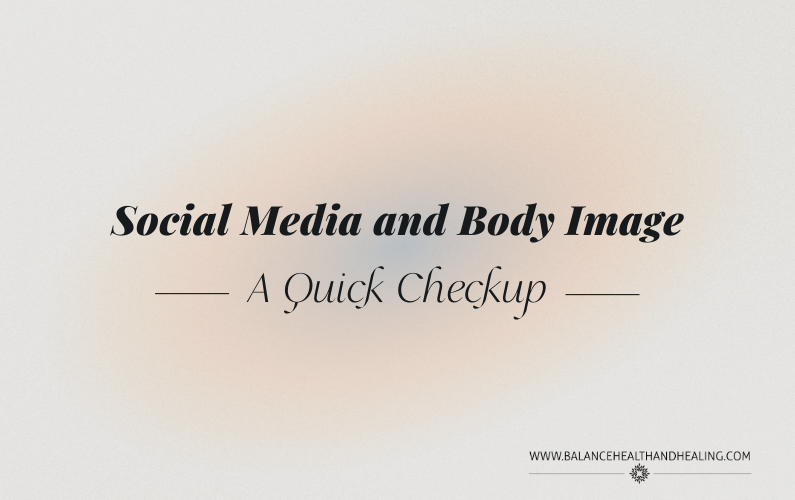
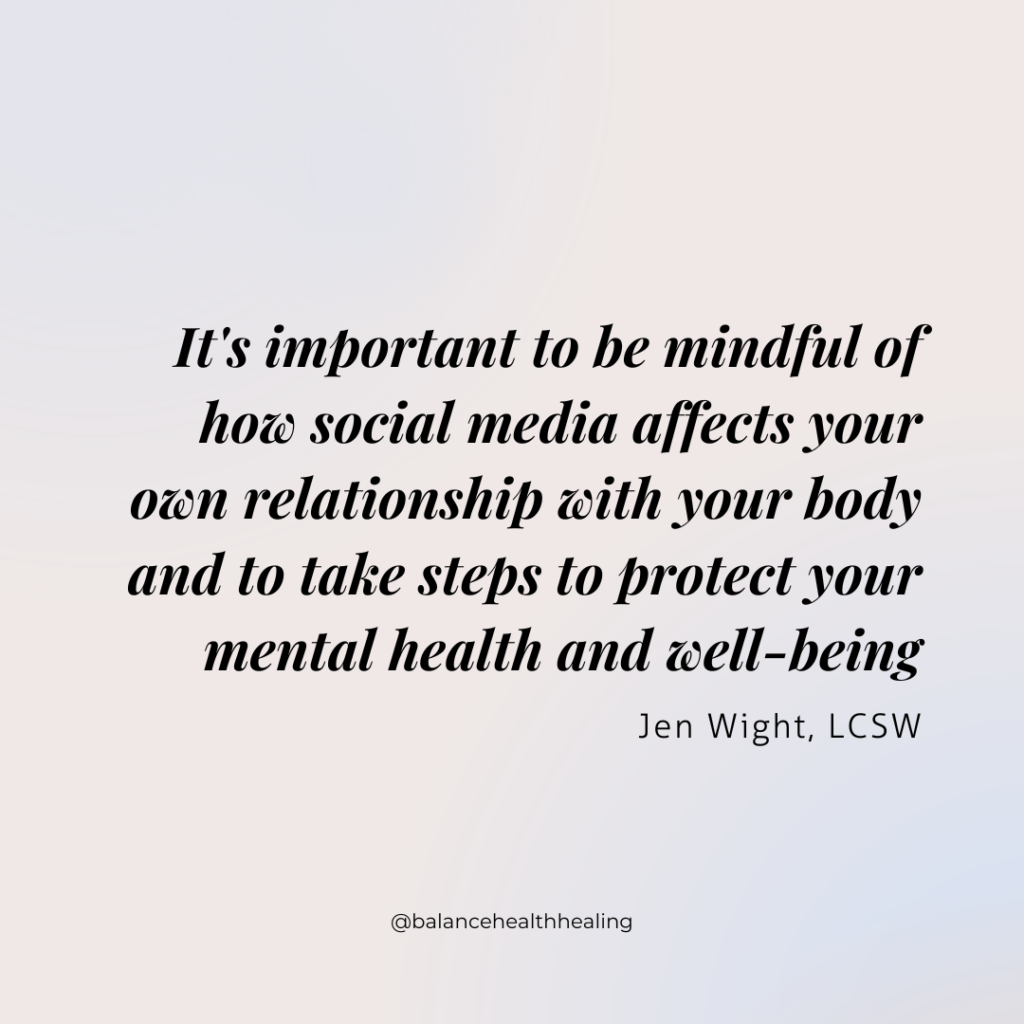 Filters and editing:
Filters and editing: 
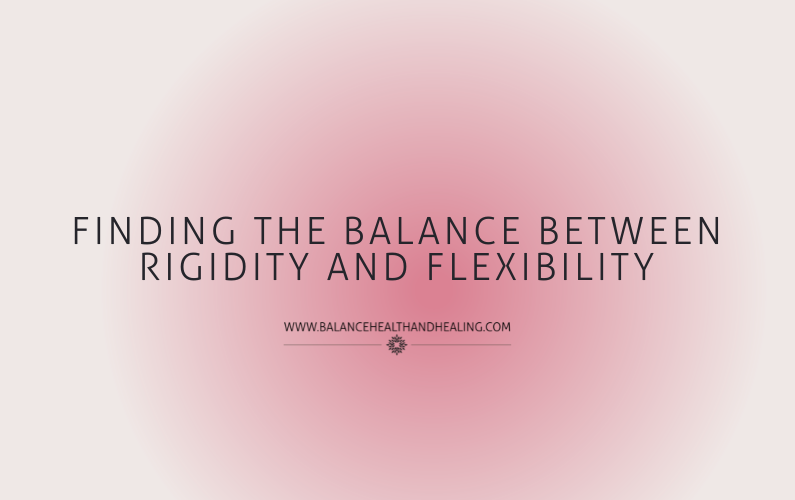
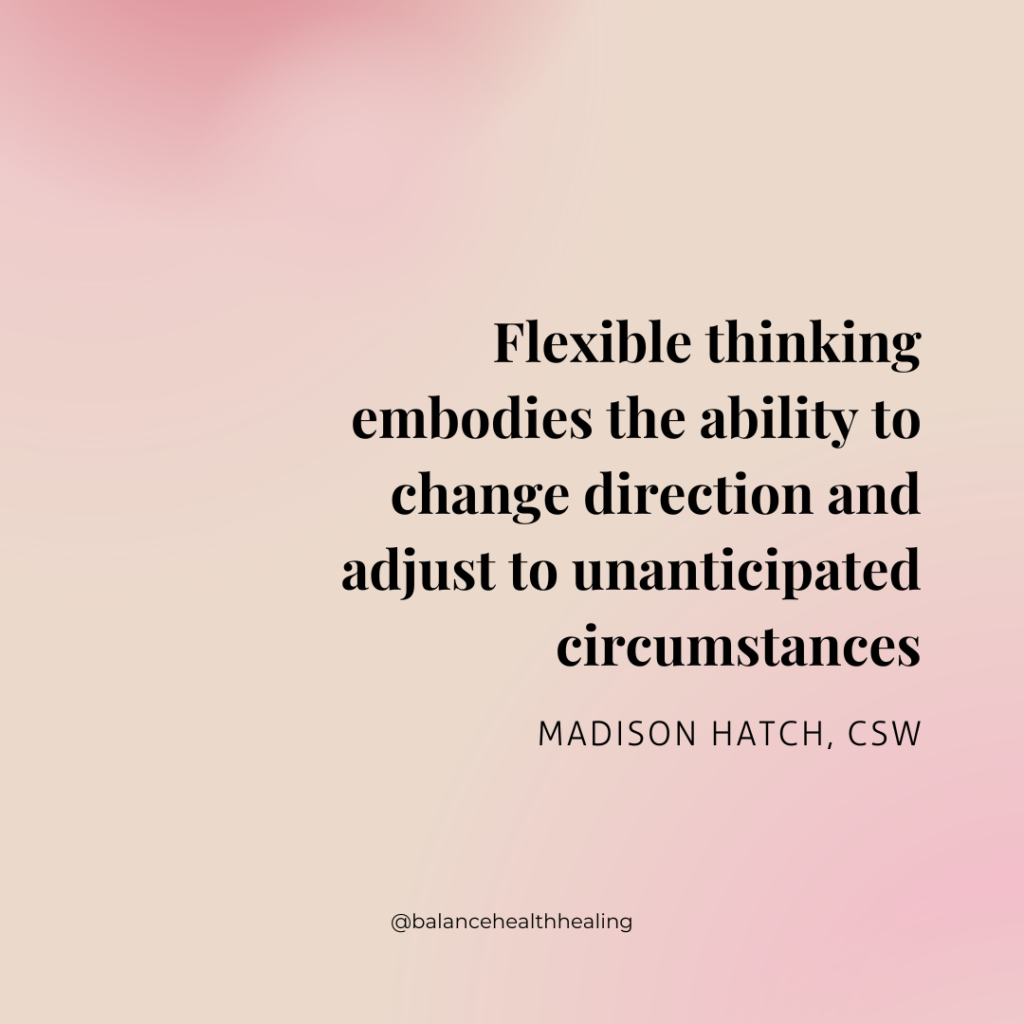 overwhelming and unrealistic. I realized that the rigid thinking patterns that I was being praised for created patterns of avoidance and feeling inadequate regardless of what I had accomplished. I realized that although my intention behind the rigidity was to be the best version of myself, those same rigid patterns had inherently impacted my ability to grow as an individual and allow myself to live in the present moment.
overwhelming and unrealistic. I realized that the rigid thinking patterns that I was being praised for created patterns of avoidance and feeling inadequate regardless of what I had accomplished. I realized that although my intention behind the rigidity was to be the best version of myself, those same rigid patterns had inherently impacted my ability to grow as an individual and allow myself to live in the present moment.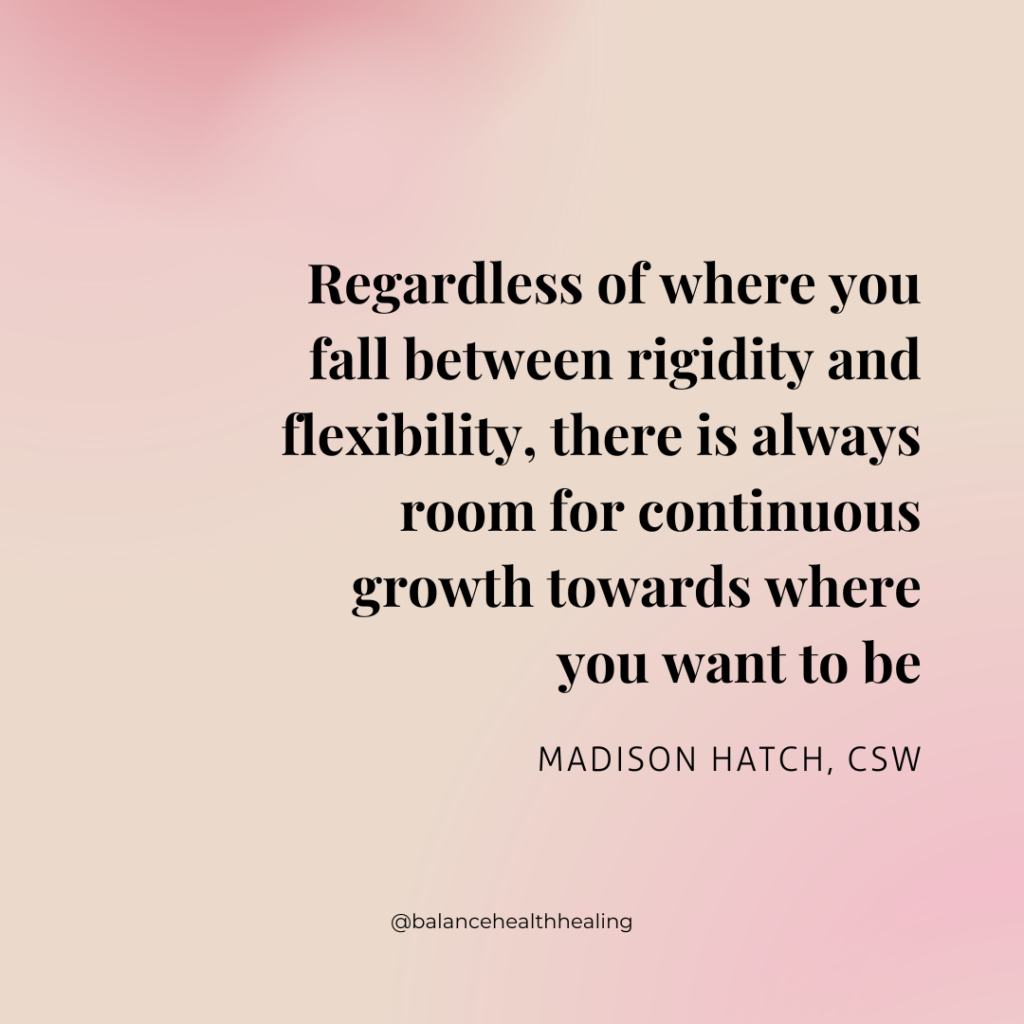 As I reflected on my current thought patterns, I also explored the concept of flexibility. Flexible thinking embodies the ability to change direction and adjust to unanticipated circumstances. And although my rigidity served me in many ways, I knew that balance was what I needed to embrace the unpredictability and chaos that life throws at me.
As I reflected on my current thought patterns, I also explored the concept of flexibility. Flexible thinking embodies the ability to change direction and adjust to unanticipated circumstances. And although my rigidity served me in many ways, I knew that balance was what I needed to embrace the unpredictability and chaos that life throws at me. 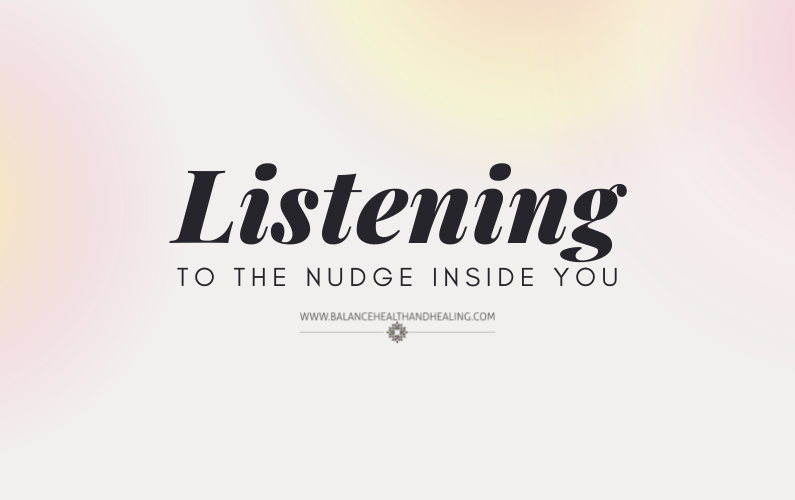



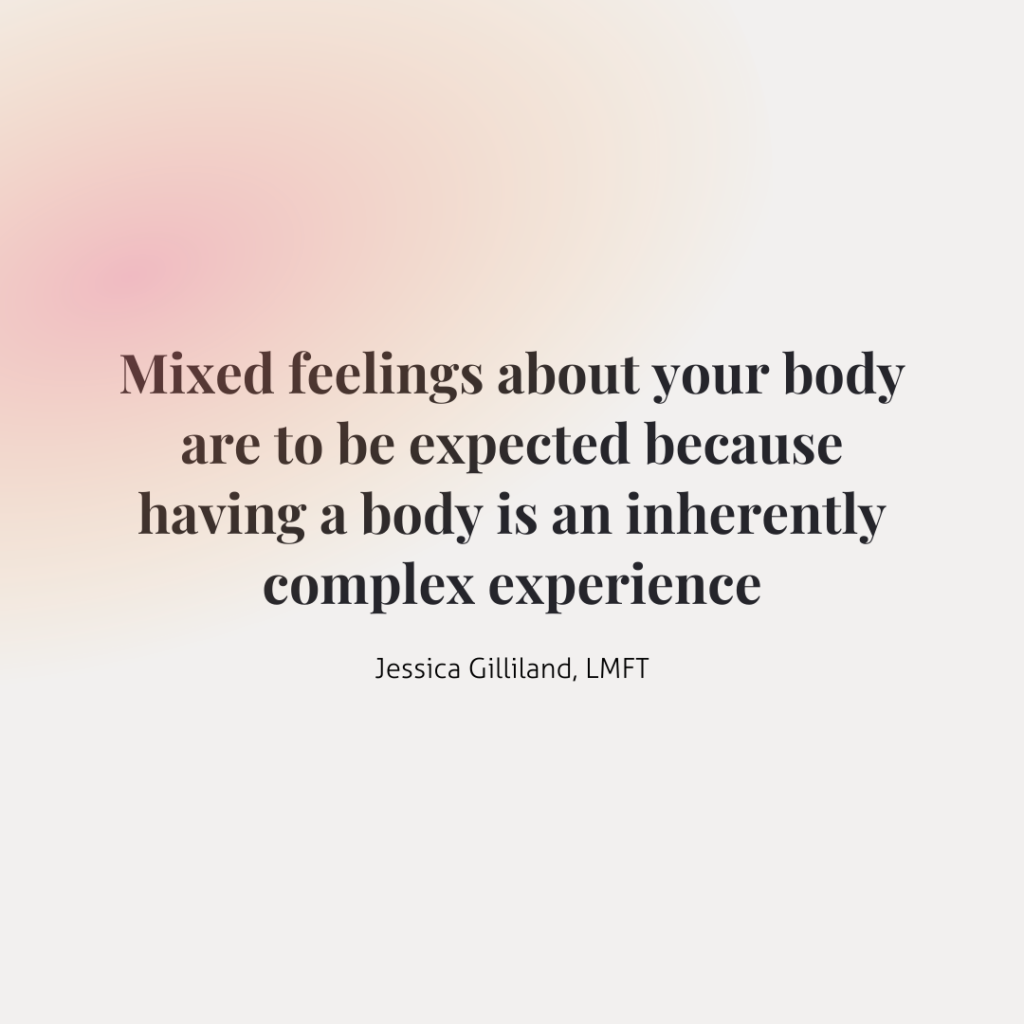
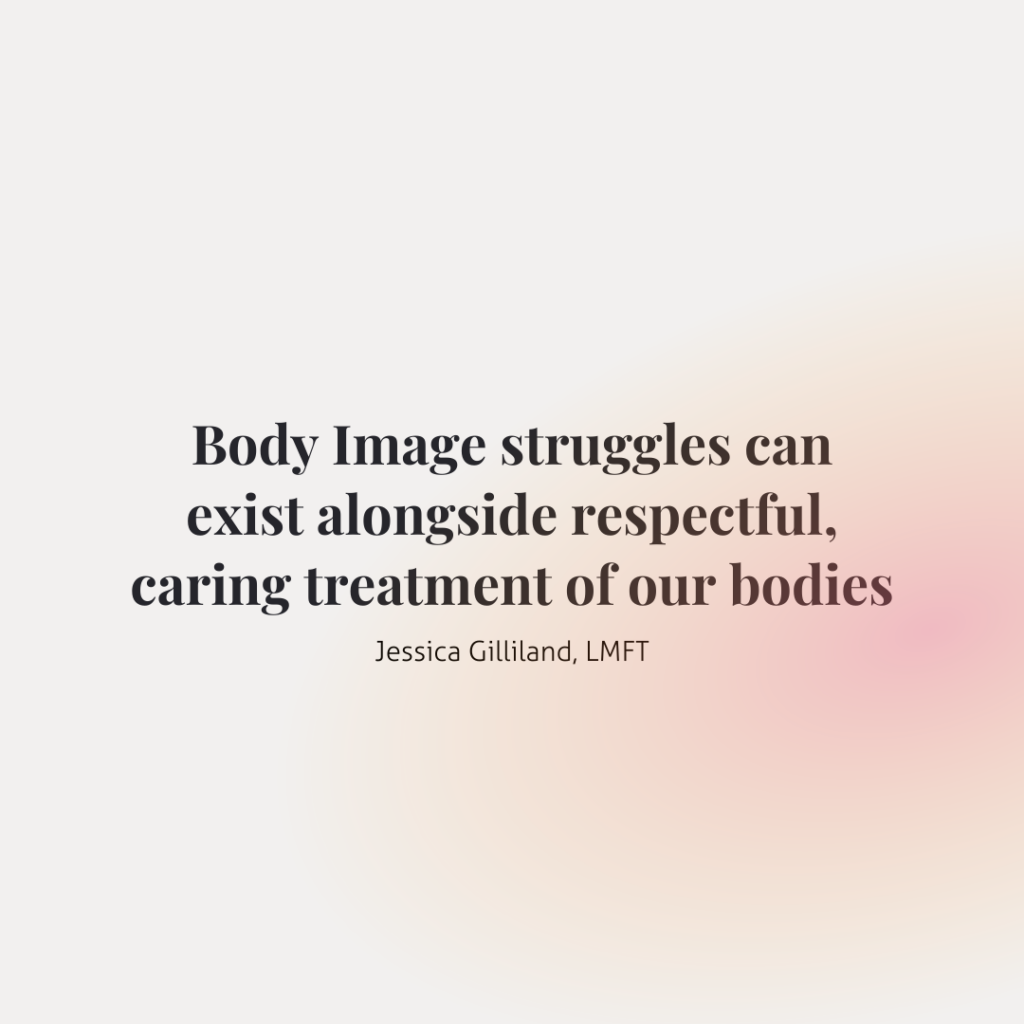
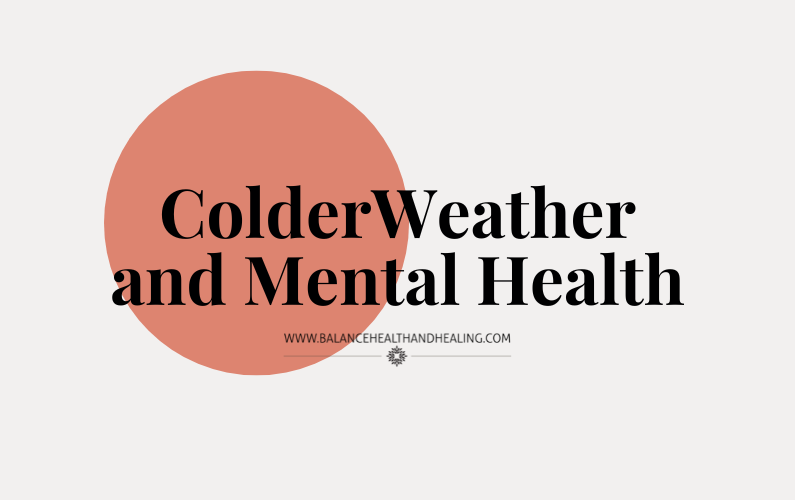
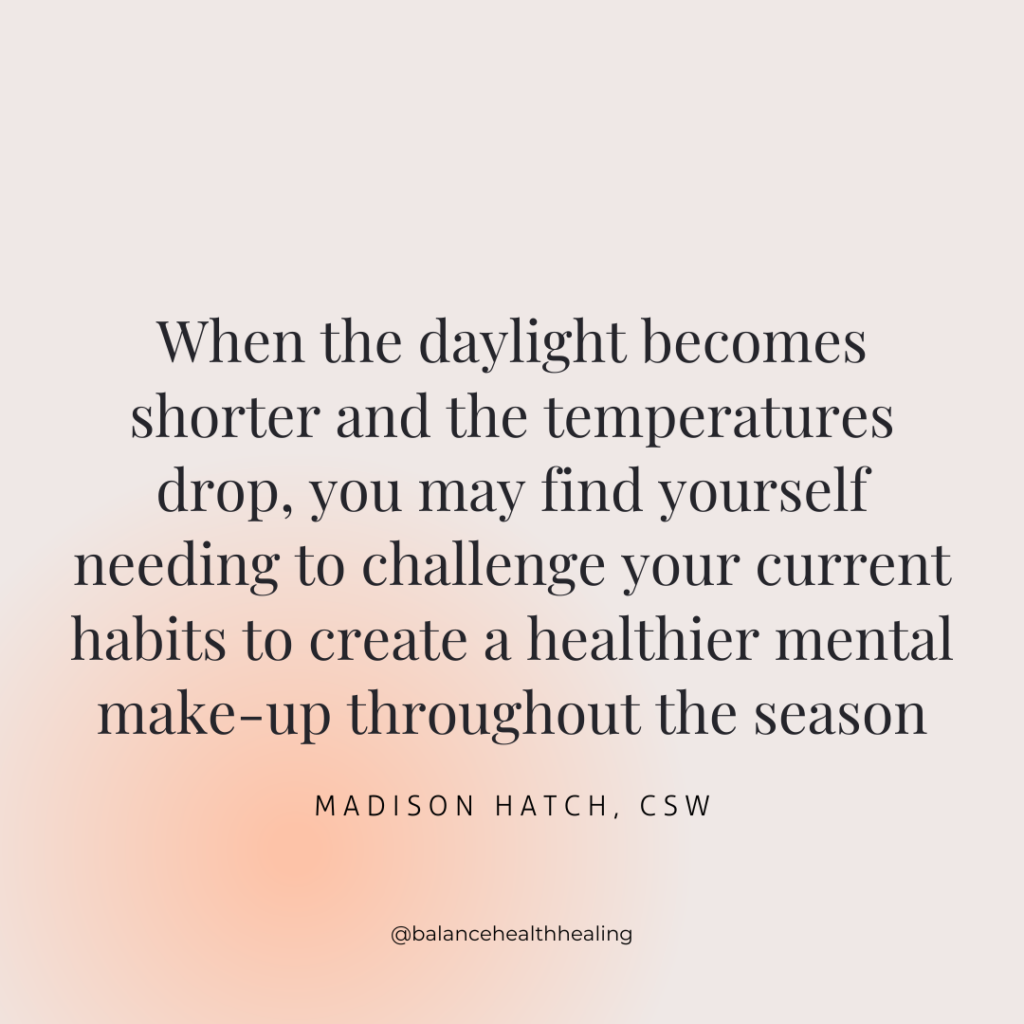



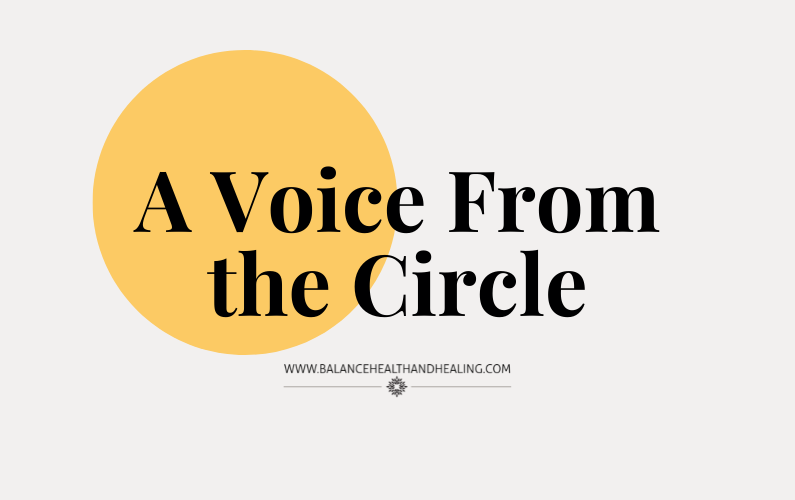
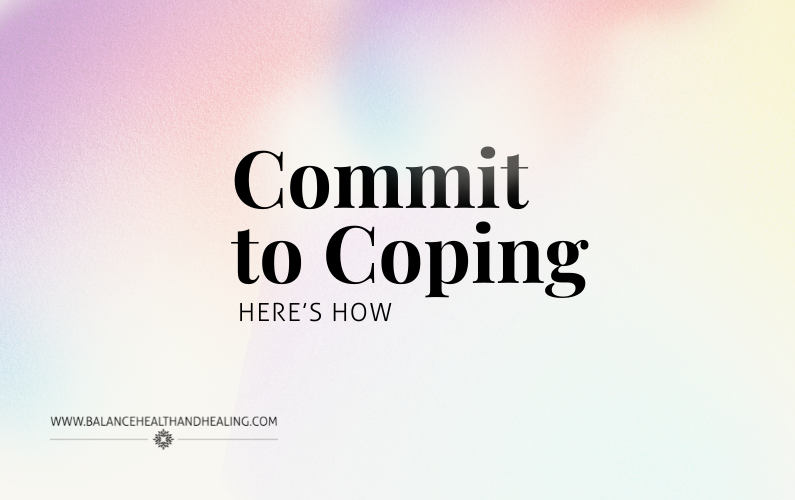

 a big deal. You need someone to love you and empathize with your emotions of the experience. And you need to do the same with yourself, responding to yourself with self-compassion, not self-criticism.
a big deal. You need someone to love you and empathize with your emotions of the experience. And you need to do the same with yourself, responding to yourself with self-compassion, not self-criticism.